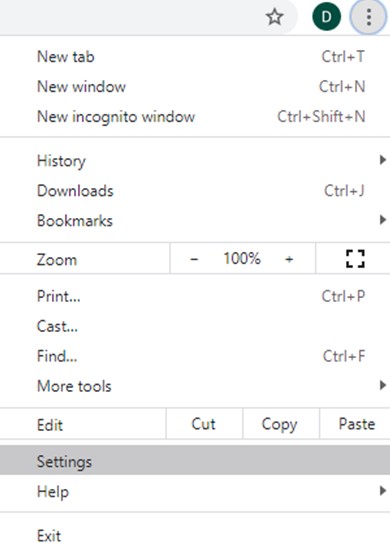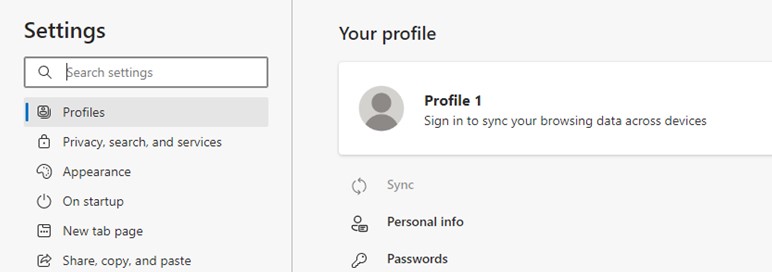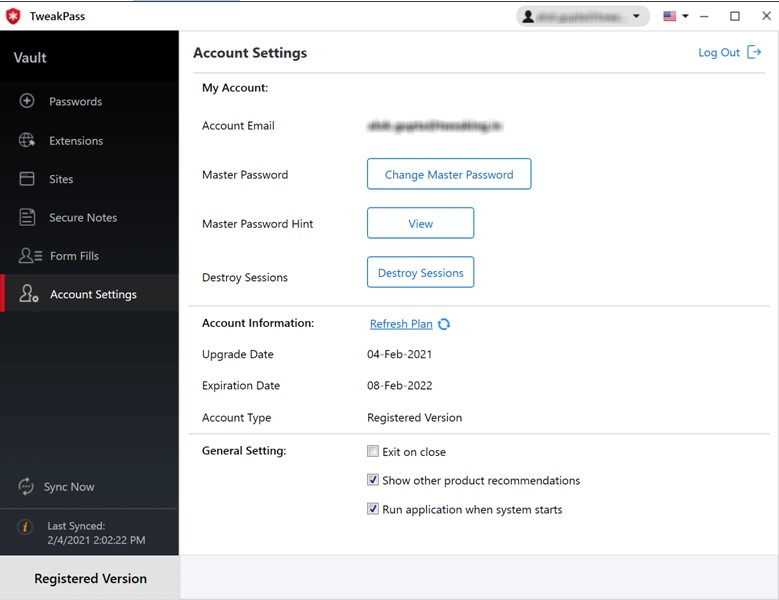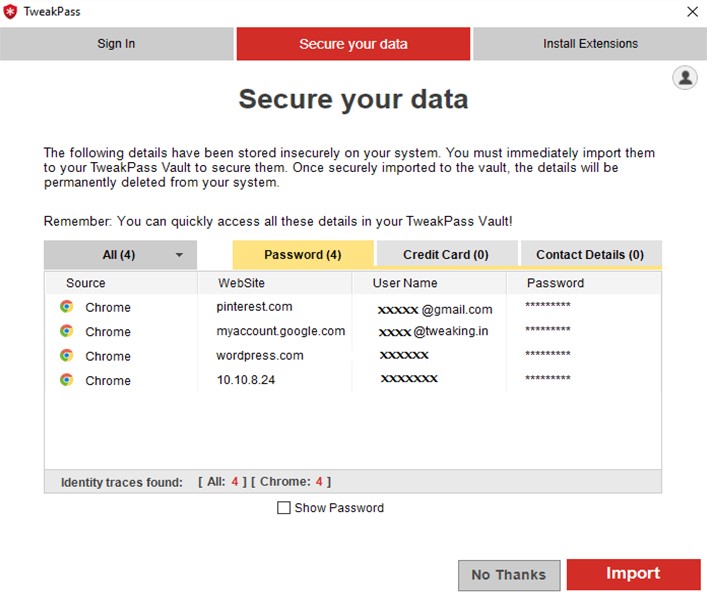When I first signed for my email, I had just one username and password. After a decade, I have now over a hundred online accounts for emails, apps, banking, cloud services, Netflix, and so on which means I have over a hundred usernames and their subsequent passwords. An ordinary human can’t remember all of them but thanks to my browsers, I do not have to remember them at all as they are stored in the default password manager of the browser.
However, this is what I recently discovered while surfing on the internet:
Beware of new malware that steal browser cookies, allow hackers remotely control your web activity
Microsoft Edge caught importing data from other browsers without permission
Why You Suddenly Need To Stop Using Google Chrome

When I first researched about data breaches and came across these Headlines, a shiver ran down my spine and I was shocked. However, it is not as bad as it sounds because maintaining your privacy is in your hands and there is a lot you can do. There are many aspects of maintaining your privacy and keeping your information secured over the internet.
Today, I would like to highlight one certain aspect of our information being collected by browsers. All browsers we use are generally provided free of cost and they come built-in with a password manager that saves all our credentials. Yes, this does make things easy for us but at the same time, it stores all our usernames and passwords which I don’t think is safe anymore. Hence I would like to describe the steps to disable default password managers in Chrome, Firefox, and Edge and suggest you opt for a third-party secure vault-like TweakPass.
How To Disable Default Google Chrome Password Manager?
If you are using the Google Chrome Browser which I must say is the most popular and widely used browser across the globe then you must be Google Chrome Password Manager which is turned on by default. Here are the steps you need to follow to disable it.
Step 1: Launch the Chrome browser open and click on the three horizontal dots on the top right corner.
Step 2: From the drop-down menu select Settings.

Step 3: Locate Auto-Fill on the left panel of the Settings tab and click on it.

Step 4: Next, click on Passwords and then slide the toggle switch towards the left which is located next to Offer To Save Passwords. This will turn off the password-saving functionality of Chrome.
Step 5: Further, make sure that the Auto Sign-in is also turned off.

Now you have disabled Google Chrome Password Manager and protected your credentials.
How To Disable Default Mozilla Firefox Password Manager?
When it comes to disabling the Mozilla Firefox password manager, the steps are slightly different.
Step 1: First open Mozilla Firefox and then on a new tab, click on the three horizontal lines on the upper right of your screen.
Step 2: A drop-down menu will appear where you have to click on Options.
Step 3: A new tab will open, click on Privacy & Security in the left panel.

Step 4: Locate Ask to save logins and passwords for websites and remove the checkmark next to it.
Step 5: Firefox browser allows users to add exceptions and save passwords of a few selected sites. You can choose this section to remain empty if you don’t want your browser to save your password.
The process is finally complete and the Mozilla Firefox password manager will not save any credentials shortly.
How To Disable Default Microsoft Edge Password Manager?
Finally, if you are using the all-new Microsoft Edge which is surprisingly Chromium Based, then you have to follow these steps to disable the Microsoft Edge password manager.
Step 1: Open Edge browser and click on the three vertical dots at the top-right corner of the browser.
Step 2: Select Settings from the drop-down menu.
Step 3: Next, click on the Profiles tab located in the left pane followed by a click on Passwords in the right pane.

Step 4: Now, turn off the toggle switch by sliding it towards the left next to Offer to save passwords.

This will turn off the Microsoft Edge Password Manager.
Bonus Feature: Tweak Pass – The Safest Password Manager

TweakPass is an amazing password manager app that can be used to save all your passwords in a vault which is secured by AES-256-bit Encryption and PBKDF2 SHA-256 standards which are used by military forces. While the data is secured from the prying eyes of people with malicious intent, this password manager app is itself easy to use and requires the users to remember just one master password. There are many reports of your personal information being sold, leaked, or used by many apps that collect data. However, TweakPass does not collect or store your personal information, it only keeps it safe from everyone other than you. Here are a few features of the TweakPass password manager app:
- Low on Cost. As compared with other password managers online, TweakPass is the cheapest yet at just under $30.
- Browser Import. Tweak pass can import all your credentials from your browsers following which you can turn the default password managers off by following the steps listed above.
- Application Manager. TweakPass can also lock applications for you which means others using the same computer will not be able to use a particular locked app until he/she knows the password.

- Password Identifier. This app also identifies and suggests weak passwords and old passwords that are about to expire soon.
- AutoFill Forms. TweakPass can help autofill the web forms if the data is saved by the user.
Your Choice On How To Disable Default Password Manager In Your Browser?
The final choice whether you want to keep using the default password manager in your browser or disable it and use the TweakPass password manager app is for you to decide. With all the privacy breaches in the news, a doubt has been raised in the mind of an average user with regards to his/her data. I would prefer to memorize my passwords but with so many credentials to remember, it has become difficult, and noting them on paper is not the solution.



 Subscribe Now & Never Miss The Latest Tech Updates!
Subscribe Now & Never Miss The Latest Tech Updates!